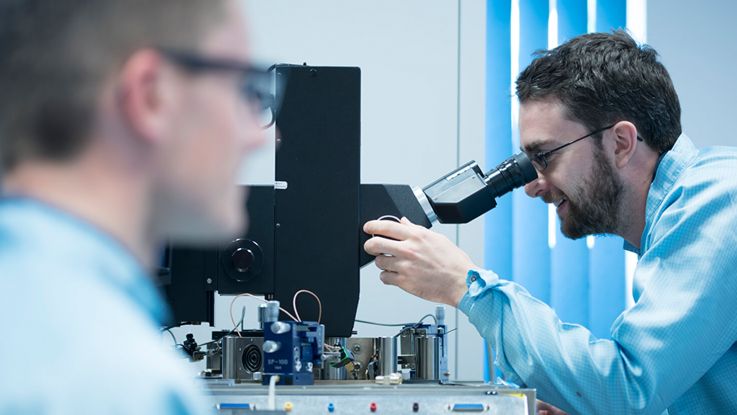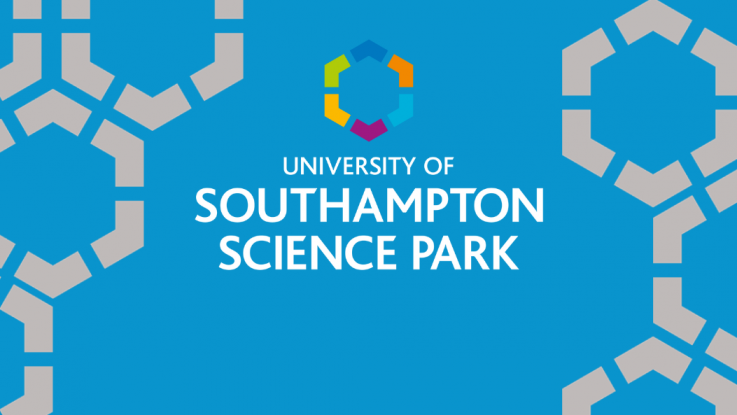

Iconic Architecture Coming Soon
Southampton Science Park has revealed that it is collaborating with global architectural practice Scott Brownrigg, to create a new landmark property on the site.
With a heritage that spans nearly 115 years, Scott Brownrigg’s impressive portfolio of work spans a broad range of sectors with projects including the original Heathrow Terminal 4, Google headquarters in London, home of the King’s Troop Royal Horse Artillery in Woolwich, Tottenham Court Road Station, and Hard Rock Hotel to name just a few. More recently the Practice has moved into Digital Twins and leads the way in Building Safety Standards.
This exciting, in-demand practice has studios in London, Cardiff, Edinburgh, New York, Singapore and Amsterdam, and worked with leading global brands including Arm, Hilton, Expedia, Unilever, Gartner, BP, Hyatt, Lloyds Banking Group, Thomson Reuters, Volkswagen, and Microsoft. Its vision is to transform architectural thinking and enrich lives through the built environment to create a better world.
As leaders in the design of Life Science buildings, Scott Brownrigg has recently secured planning permission for a new £500m life sciences campus at Cambridge International Technology Park following a series of outstanding developments across the Oxford-Cambridge Arc in recent years.
Southampton Science Park CEO, Robin Chave, had the pleasure of seeing some of these developments firsthand during a visit to Cambridge recently. He reflected, “I’m excited to announce that we are working with Scott Brownrigg to bring a unique and ambitious new facility to our Science Park, details of which we shall be sharing shortly.
“It was inspiring to see examples of Scott Brownrigg’s work in operation in Cambridge. Our tour of a purpose-built, multi-tenanted laboratory building took us from underground parking space up to a rooftop plant and solar panel array. This development brilliantly demonstrated how flexible thinking had been incorporated into the design at the outset to facilitate future changes to spaces and their use. The overall effect was impressive, as was the attention to detail: I was intrigued to understand how surprisingly big a room needs to be to house a small container for liquid nitrogen, for example, and just how much cardboard and polystyrene waste is typically generated by such a facility!”
Ed Hayden, Director at Scott Brownrigg, said “We are looking forward to bringing our ideas and experience across the science, technology, and innovation sector to Southampton Science Park. To create new facilities that promote better research, innovation, and encourage greater interaction with STEM. Our expertise, together with the heritage, ethos and Parks success will culminate in a new building we can all be proud of"

















































































